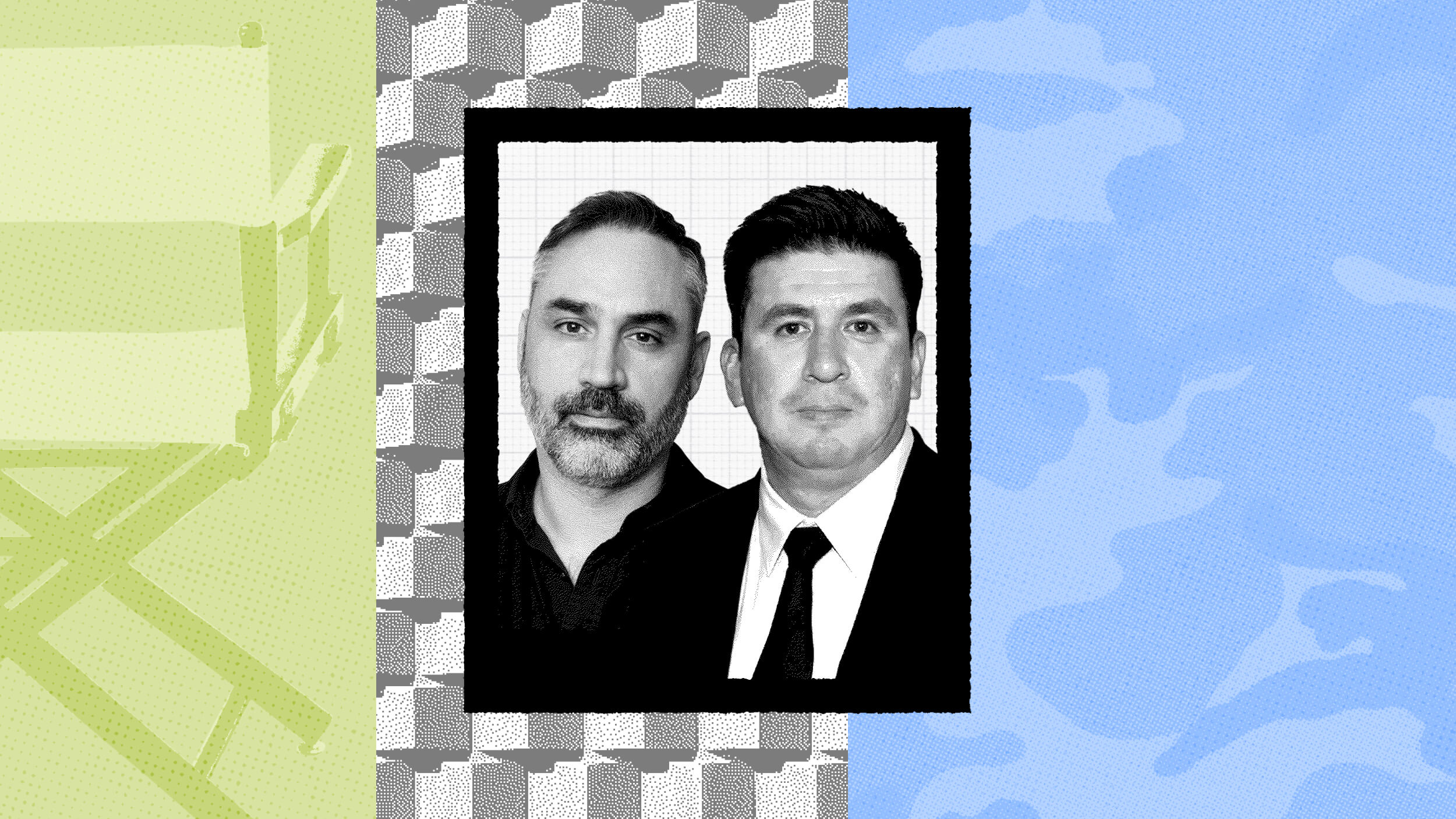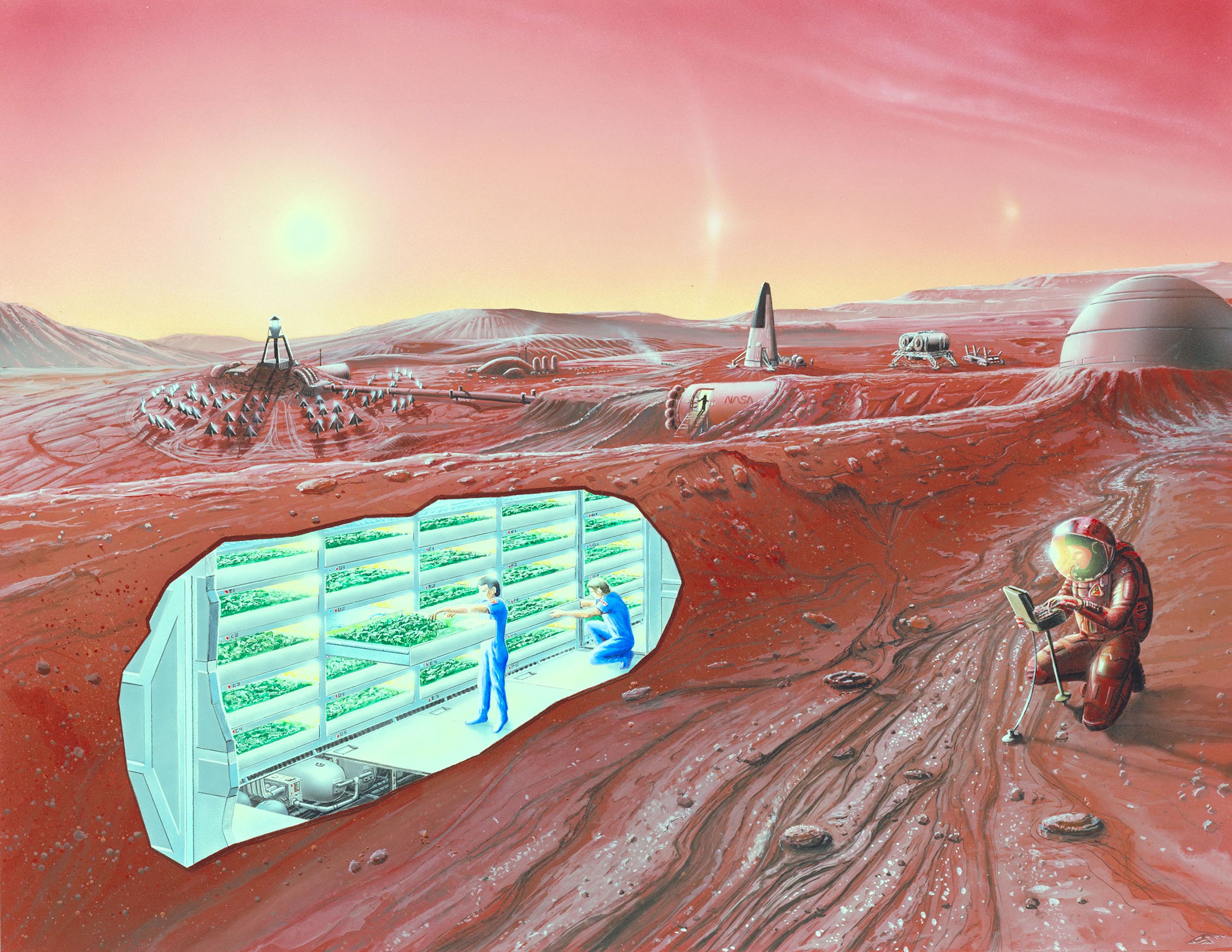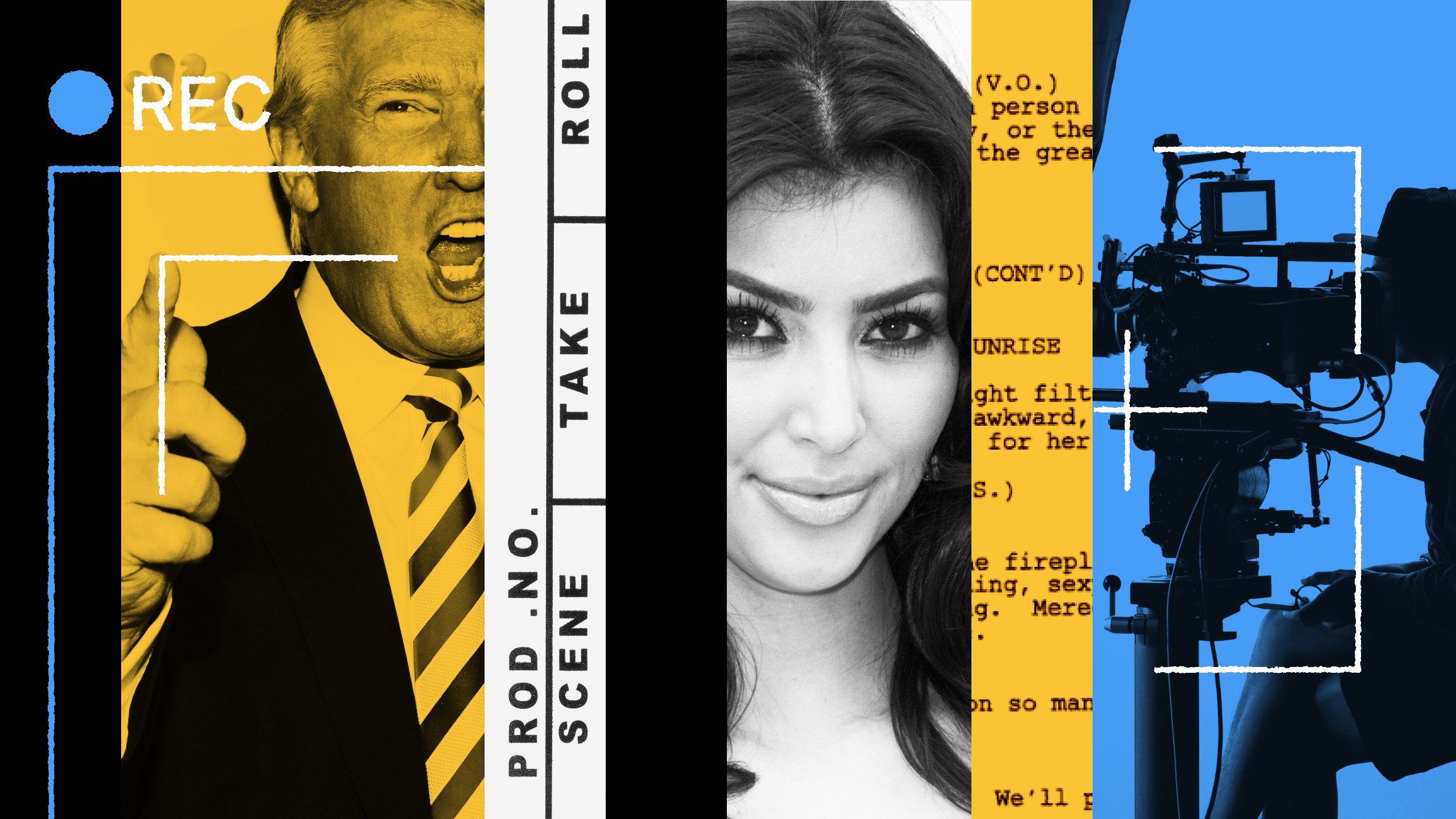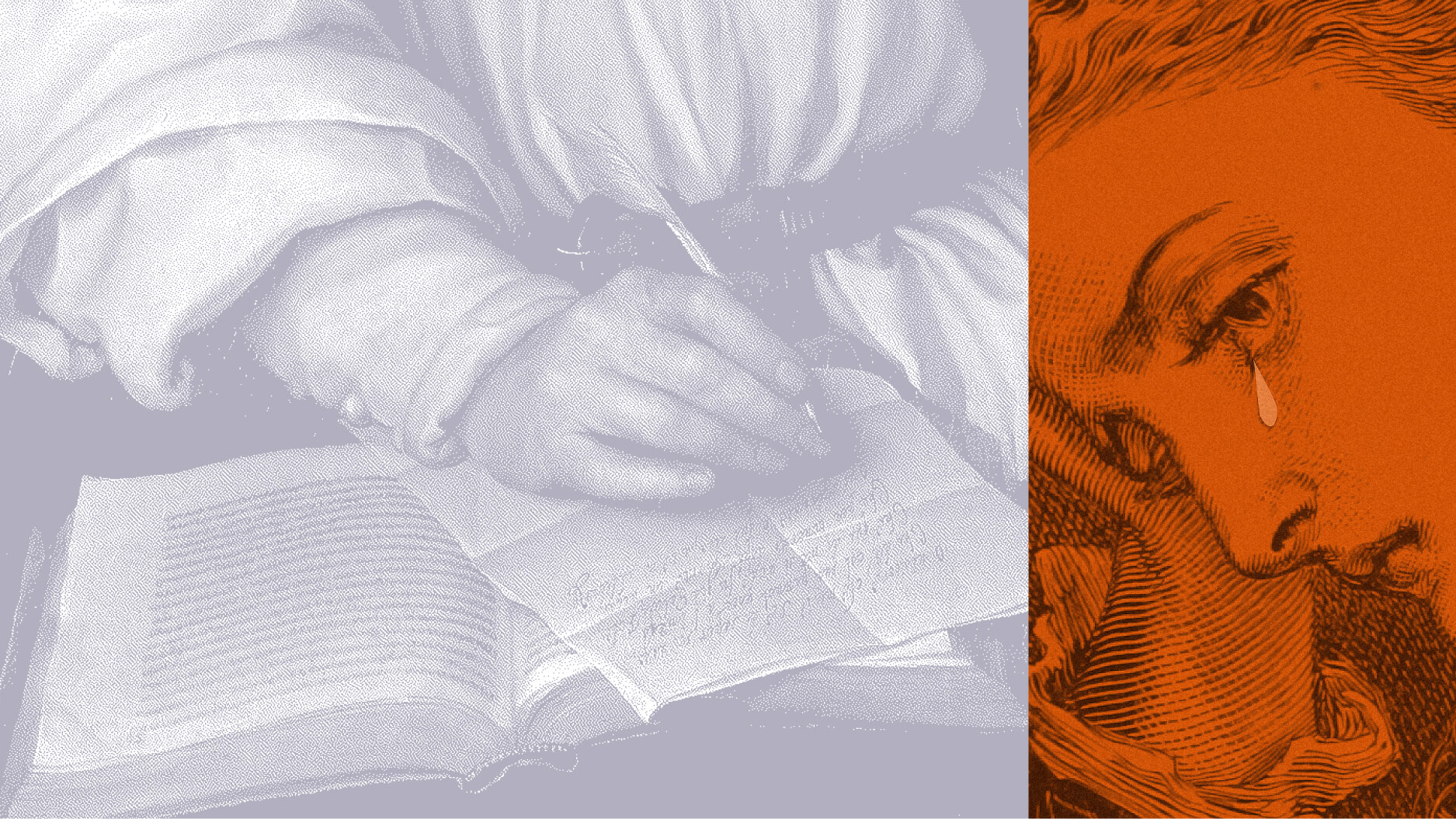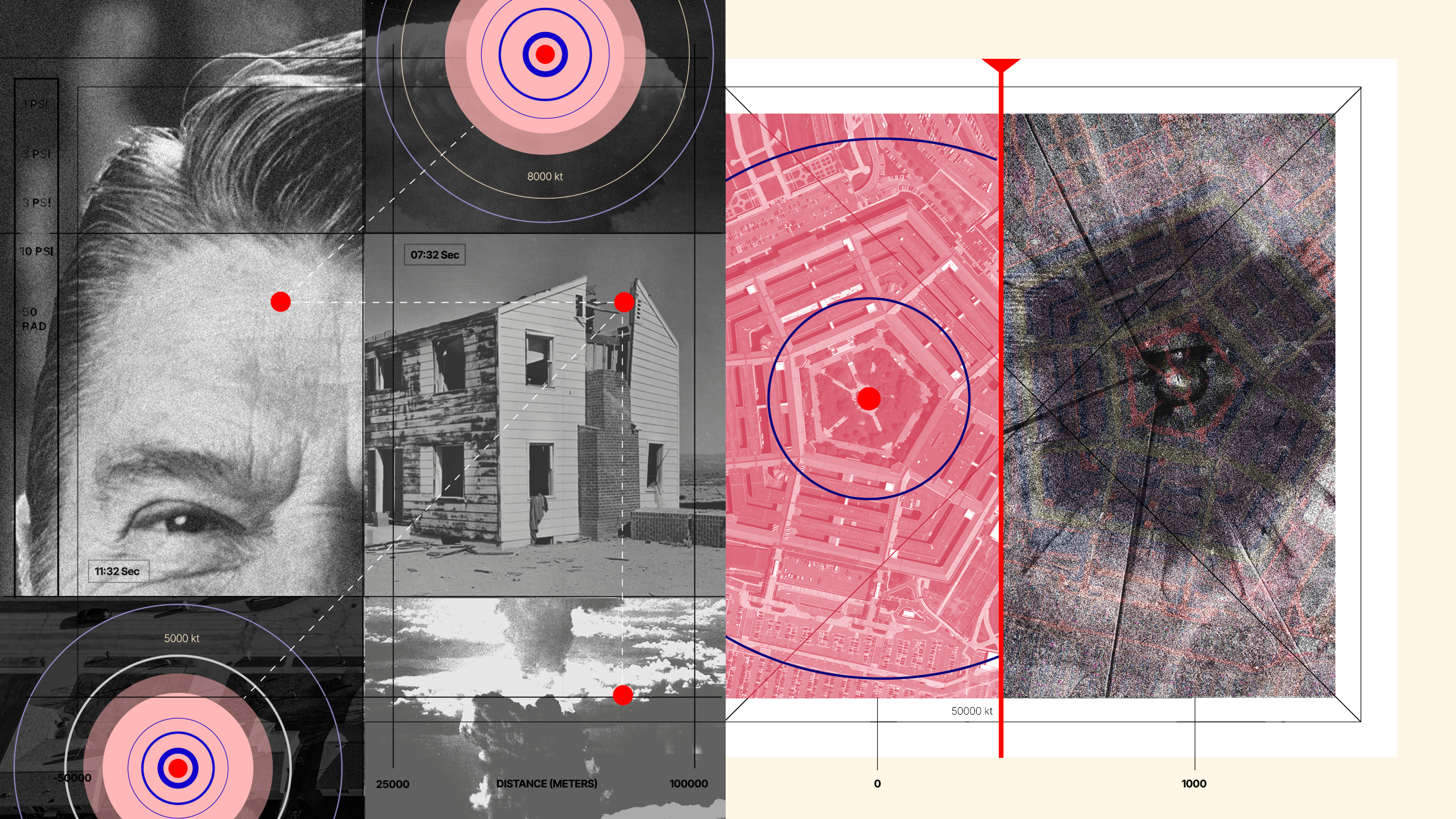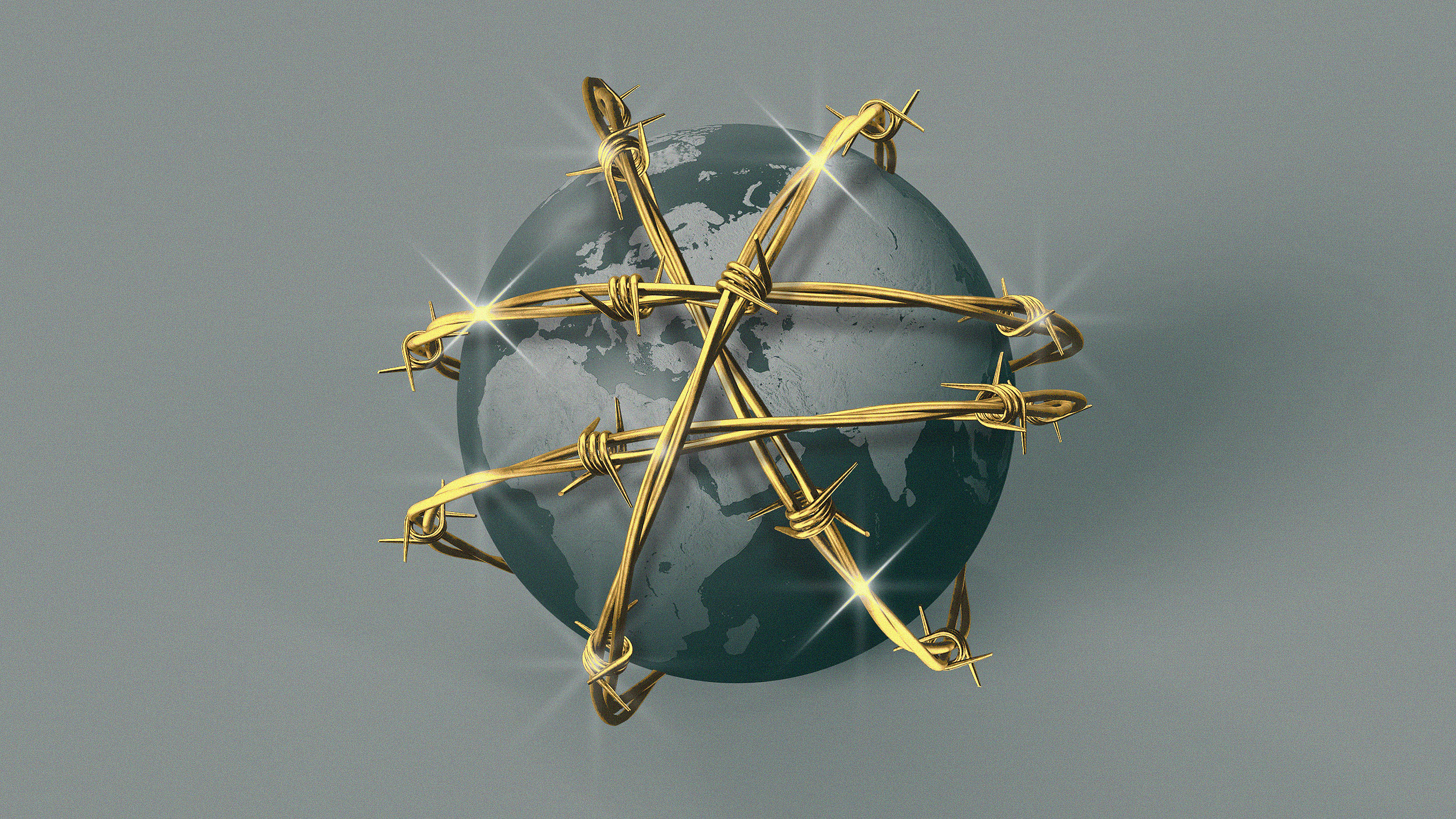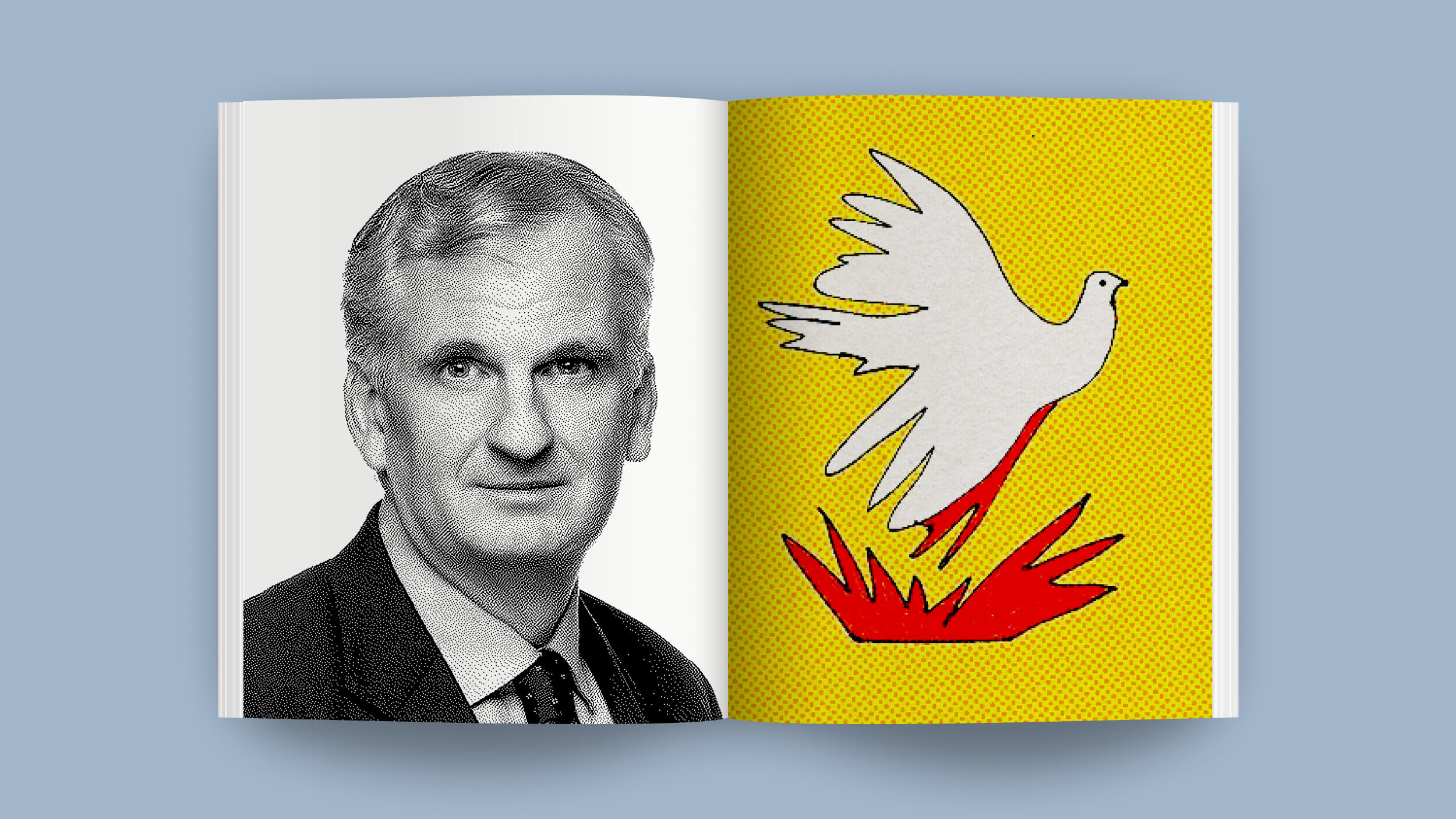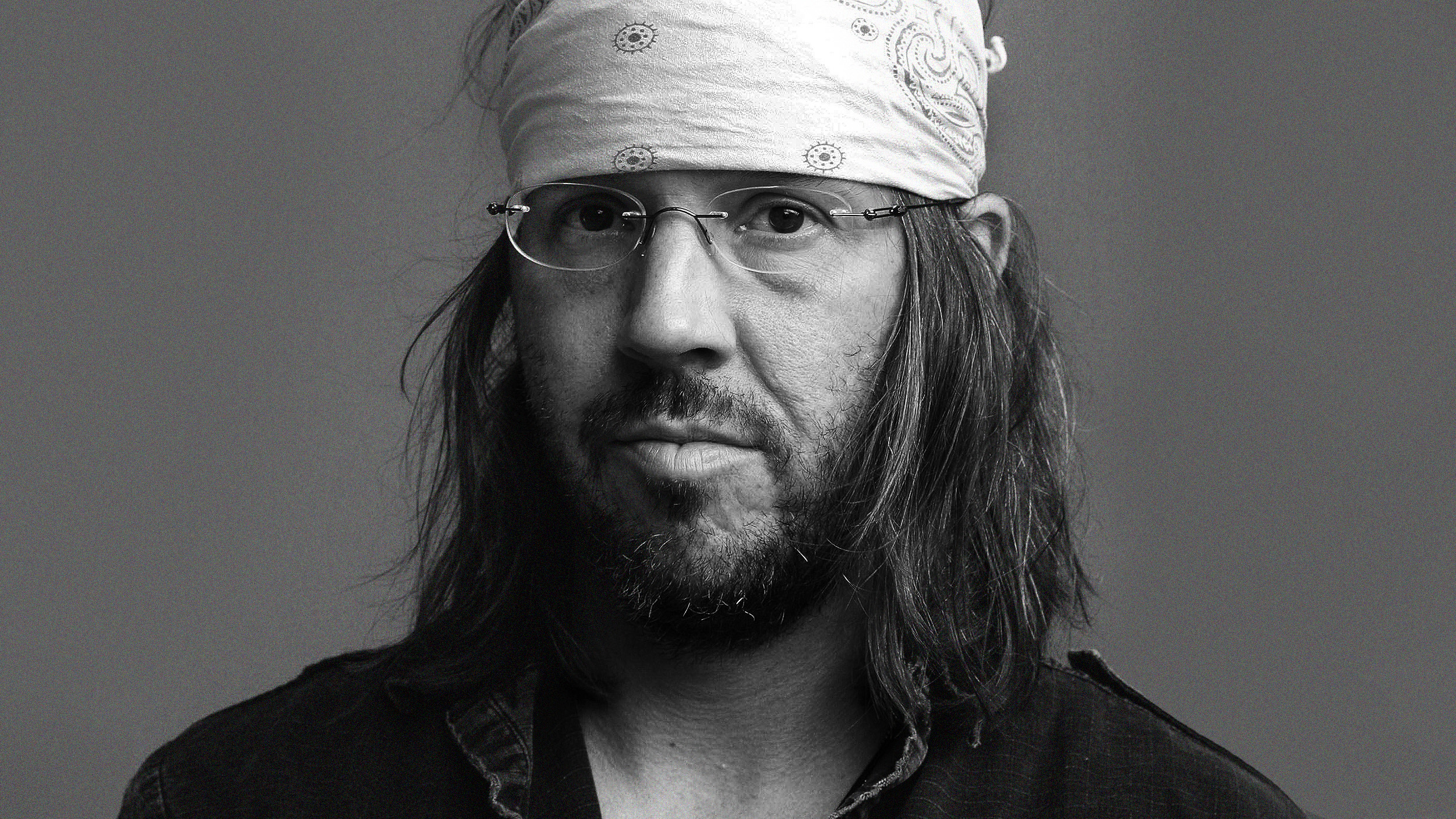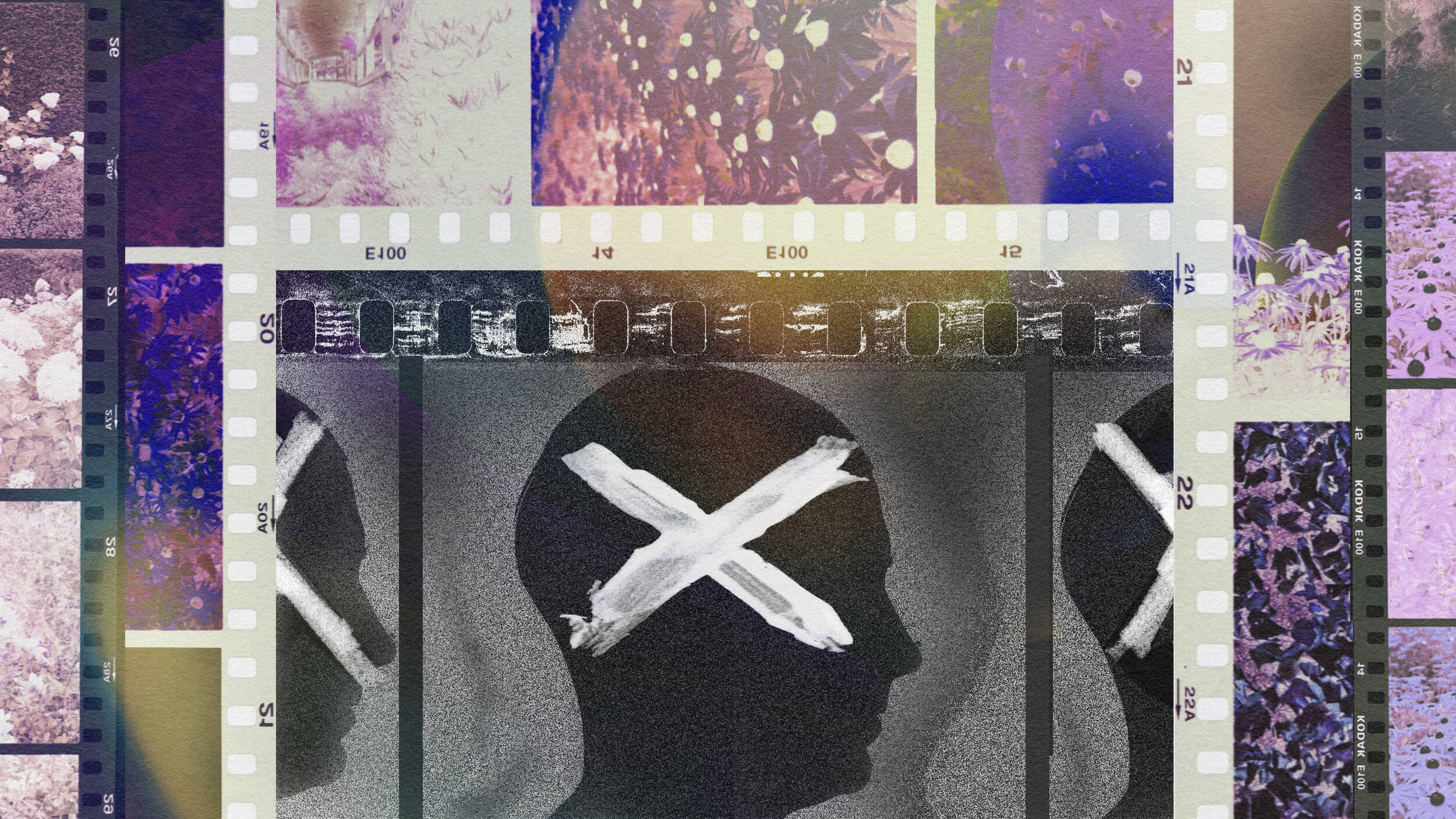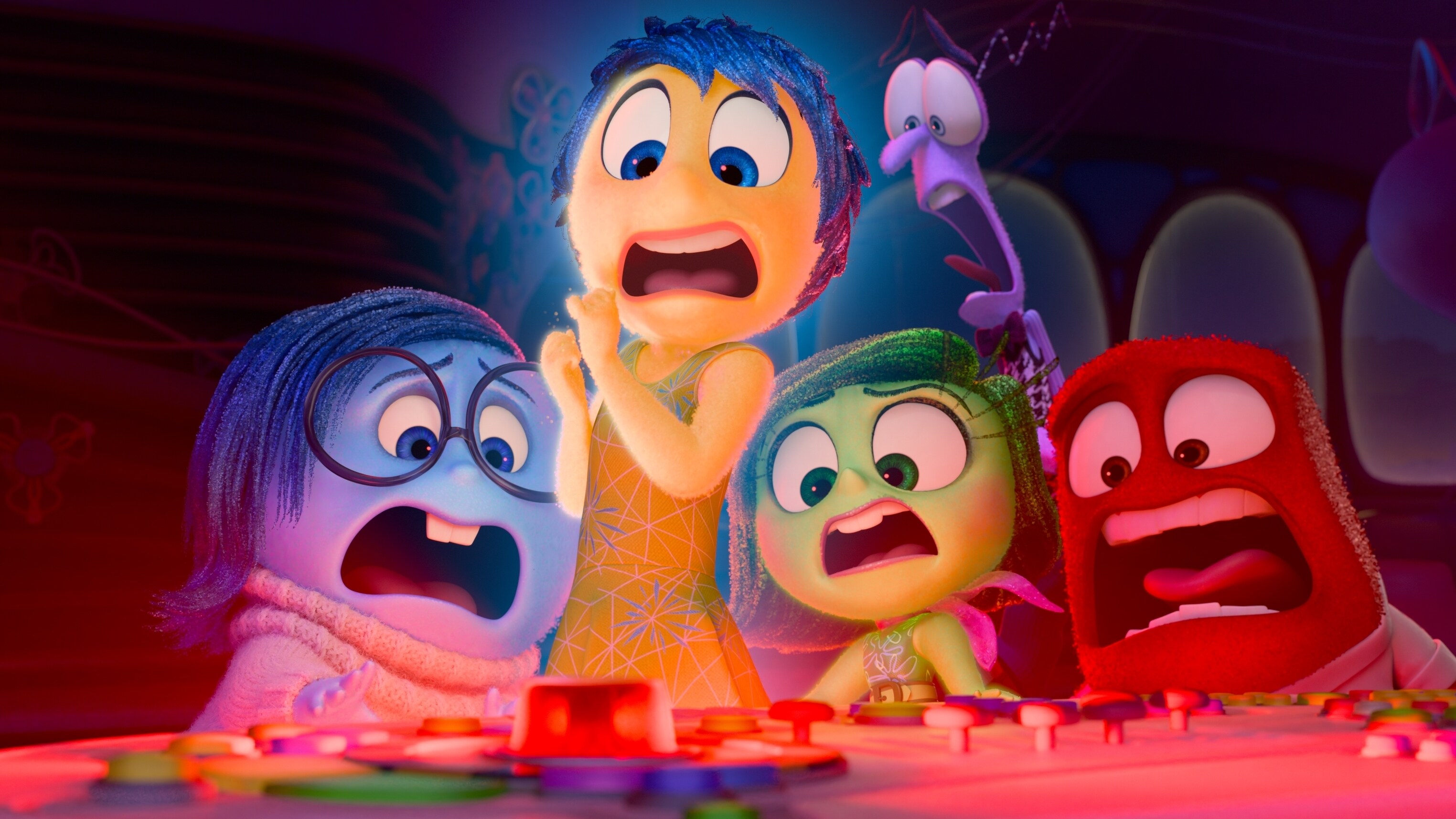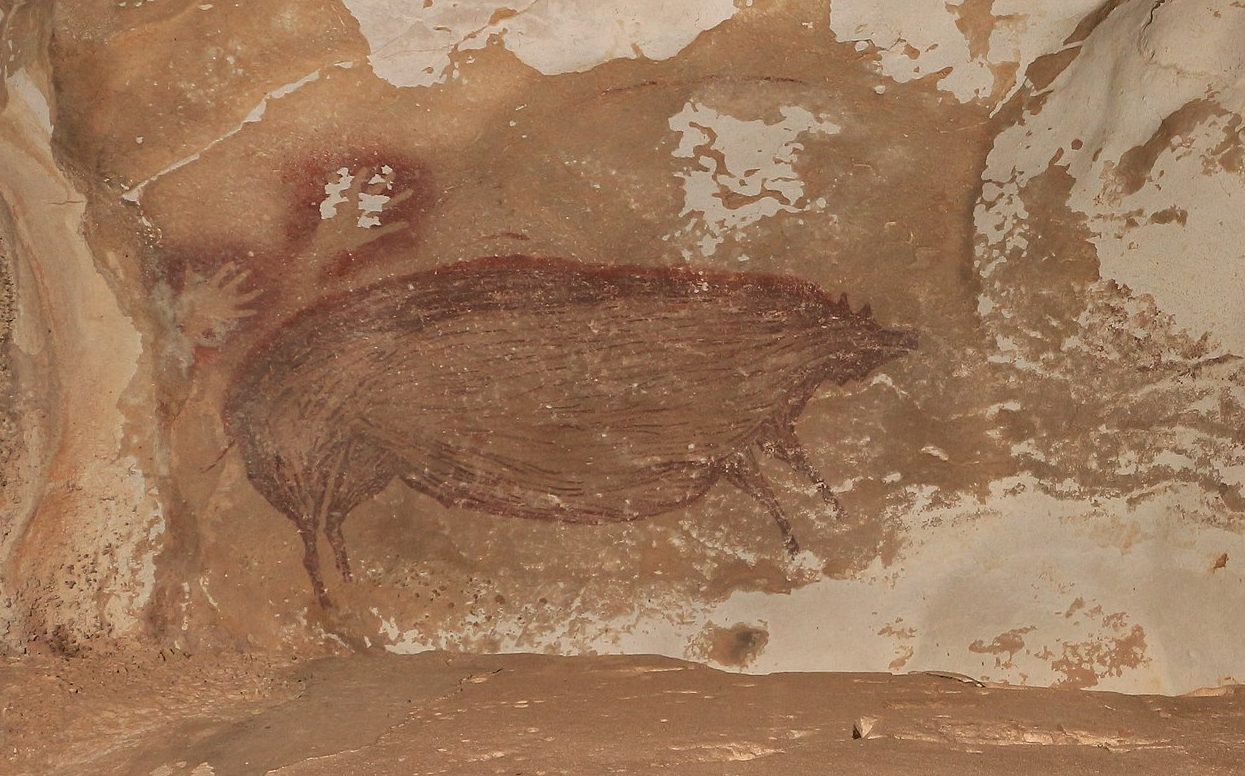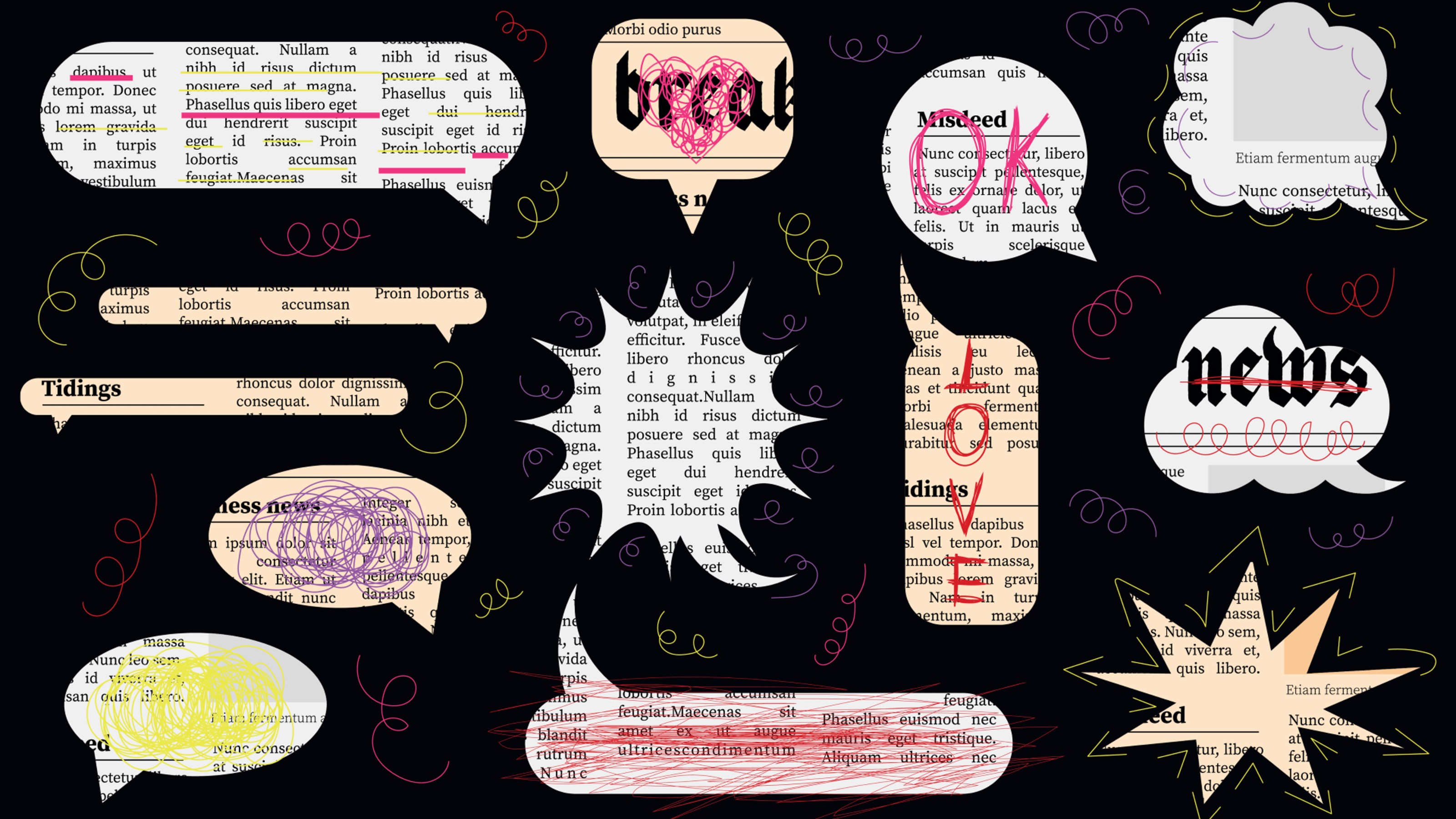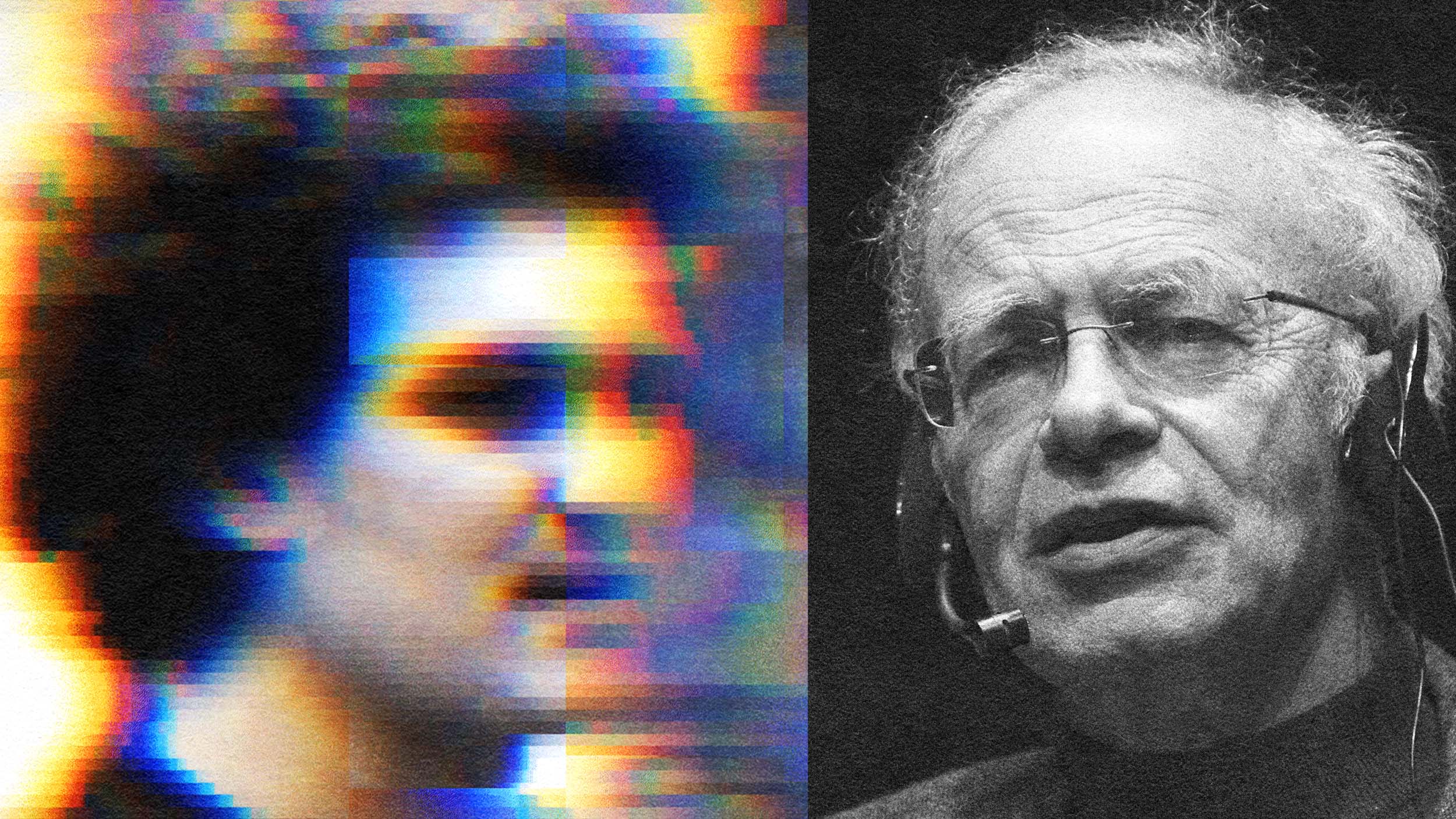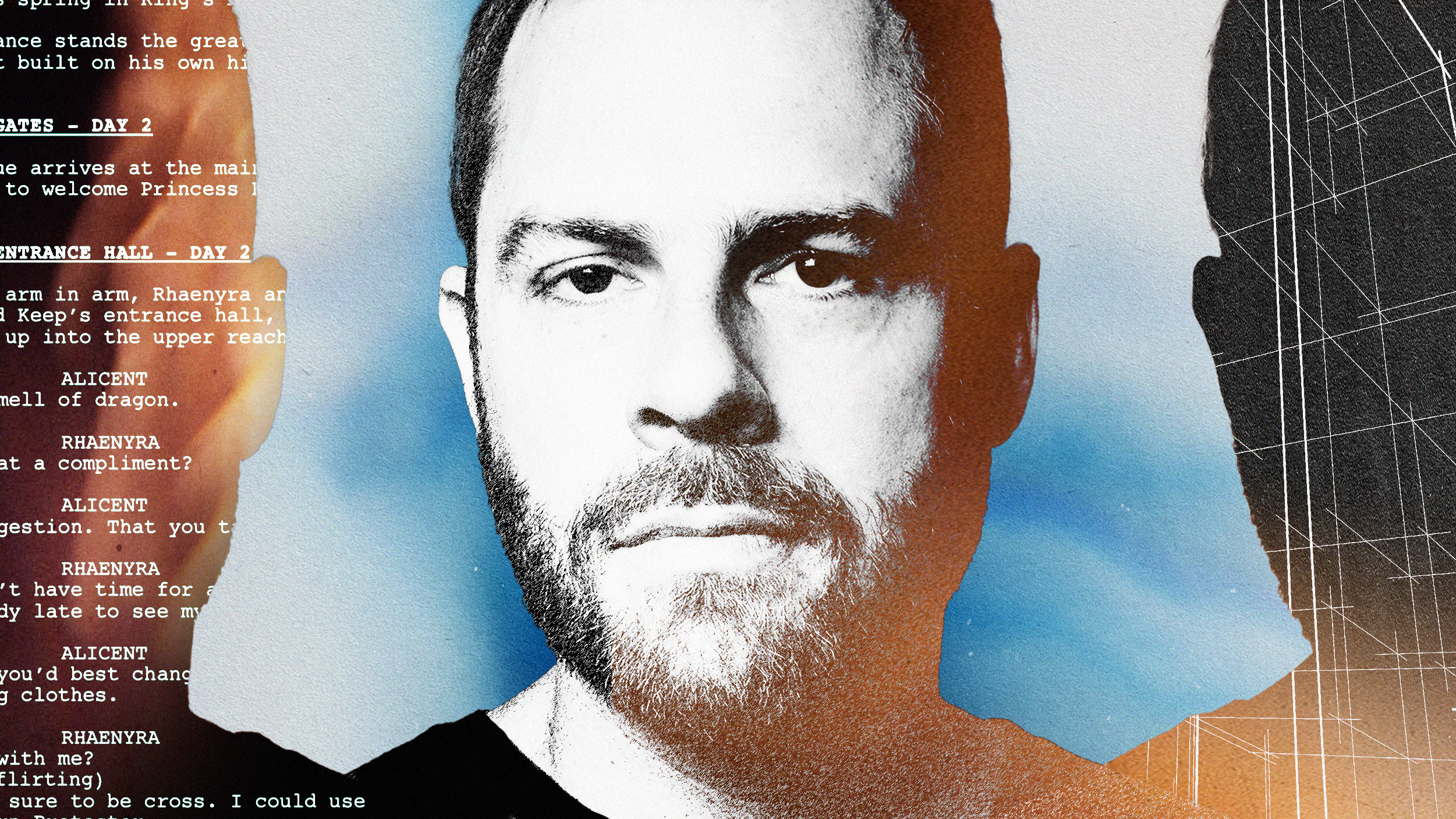Tim Brinkhof
Tim Brinkhof is a Dutch-born, New York-based journalist reporting on art, history, and literature. He studied early Netherlandish painting and Slavic literature at New York University, worked as an editorial assistant for Film Comment magazine, and has written for Esquire, Film & History, History Today, and History News Network.

Historians Alexandra Churchill and Nicolai Eberholst reexamine the pivotal conflict from a grassroots perspective.
John Green opens up about his struggle to remain hopeful while writing about suffering and injustice.
The outrageously accomplished magician-inventor-author chats to Big Think about fear, multitasking, and successful work-life reinvention.
A.J. Jacobs looks back at what he learned about religion, himself, and modern American culture during “The Year of Living Biblically.”
Want to know how to handle work-life pressure? Big Think asked Warfare co-directors Alex Garland and Ray Mendoza.
Spotify’s Co-President, CPO and CTO chats with Big Think about the science of discovery, Swedish innovation, C-suite podcasting, and more.
Most people think that writing fantasy or science-fiction requires a strong imagination. Podcast host Mike Duncan shows a knowledge of real-world history is just as important.
How the cult hit sci-fi show imagines a “techno-realist” future.
Reality TV created Donald Trump. But who created reality TV?
“The only requisite for nonfiction is that it’s true,” says Nathan Thrall, author of the Pulitzer Prize-winning book “A Day in the Life of Abed Salama.”
“Neurotech is not just about the brain,” says Synchron CTO Riki Banerjee, explaining how their tech can help with paralysis, brain diseases, and beyond.
The promising new treatment builds on research that went into developing COVID vaccines.
With no reliable way to discern the author of an artwork, we may eventually abandon the question of whether something was made by humans or not.
It’s been 65 years since Richard Feynman saw “plenty of room” in the nano-world. Are we finally getting down there?
Both nations made missteps, but China still has a chance to make up lost ground.
Hang on to something — or ride the wave — because three big tech trends are about to converge.
Burns’ latest documentary dives into the long-romanticized life and work of the Italian polymath.
“We are not our grandparents. It’s time to start thinking differently,” journalist Annie Jacobsen told Big Think.
Modern autocracies operate “not like a bloc but rather like an agglomeration of companies,” says journalist and historian Anne Applebaum.
Historian Timothy Snyder talks with Big Think about how true liberty requires both negative and positive freedoms.
The writer’s tragic death at age 46 has led many to view him as a tortured artist. Here’s why this label is reductive.
“No matter how long you’ve been doing a job or how good people say you are, you need to care as if you’ve never done it before.”
With the right prompts, large language models can produce quality writing — and make us question the limits of human creativity.
“When you feel the isolation setting in at times, you have to reframe your mindset.”
Meg LeFauve and Dave Holstein drew inspiration from psychologists as well as their own children, becoming more understanding parents in the process.
What you can learn about media by parodying it from the print era into the digital age.
An analysis of Indonesian cave paintings is reframing the history of human art, though whether the paintings really were created by human hands remains an open question.
In “Not Born Yesterday,” author and cognitive scientist Hugo Mercier makes the case that misinformation is overrated — and other human foibles are underrated.
“The movement is much bigger than Sam Bankman-Fried, or any one person, no matter how wealthy,” philosopher Peter Singer told Big Think.
Ryan Condal, who worked in pharmaceutical advertising before Hollywood, talks with Big Think about imposter syndrome, “precrastination,” and Westeros lore.




